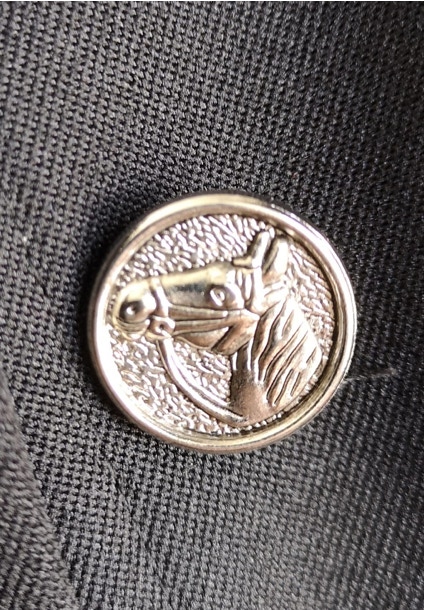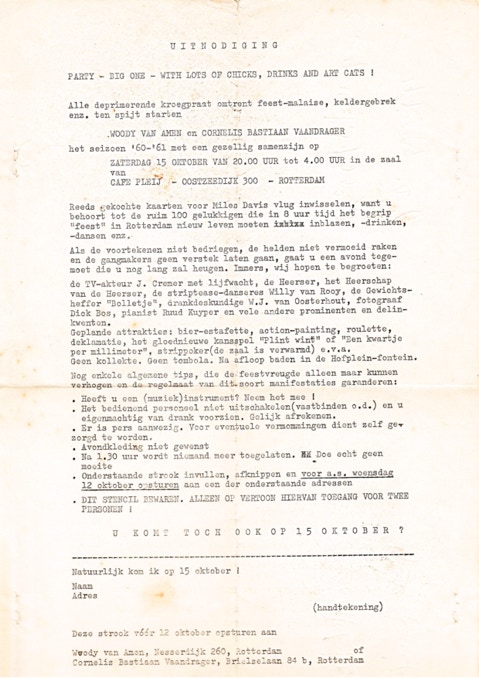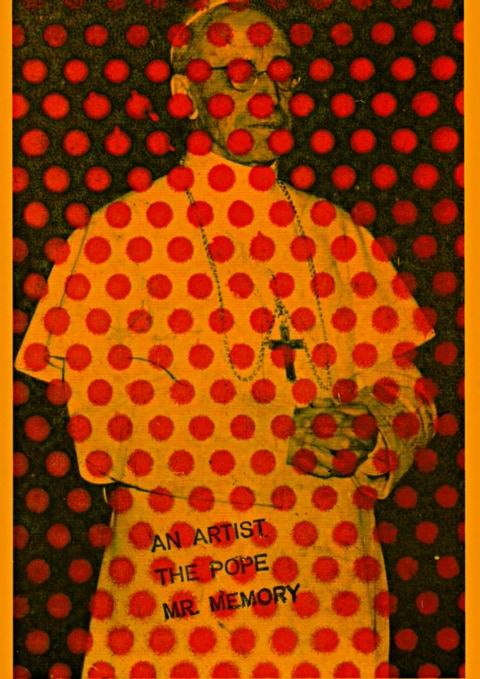Maybe it is seen as a disadvantage for
“ongarment” publication that:
1. The text is cut off by seams
2. The text is not visible from 1 perspective,
you have to run around the garment to
read it.
3. The wearer cannot read it – it should be
printed upside down.
4. The book is always flat, say ironed - while
the garment can be crumpled, folded,
covered.
I would like to state that the book as object to be
read:
1. Suggest clearness of the text, while a text
is inherently not clear, open to
interpretations.
2. Suggest a text should be read from start
to finish, while many writers use flash
back techniques.
3. Is closed and thus unreadable most of the
time (or online: not shown in the
browser), while a garment being worn is
always “an open book”.
4. Even if you have read the text, the
question remains if this text is completely
understood.
For example, this text:
Air Quality detector
Precision Instrument
Suggest already quite a lot:
A measurement of “quality” for air. While the
instrument “just” provides numbers.
Then: “a precision instrument” – that remains to
be seen, given the price: 25 euro’s…while other
CO2 sensors are maybe as high as 1000 euro’s?
What is the meaning of the imprinted “precision”…
A third piece of text: “Made in China”, might be
true, but China is “big”, “vast”, “huge”…maybe this
indication of place is “true” but not very precise…
Admitted: the instrument was claimed to be a
precision instrument for air quality, not the precise
place of fabrication.
Summing up the issues of this episode 6: on text
level.

































































